0 Comments
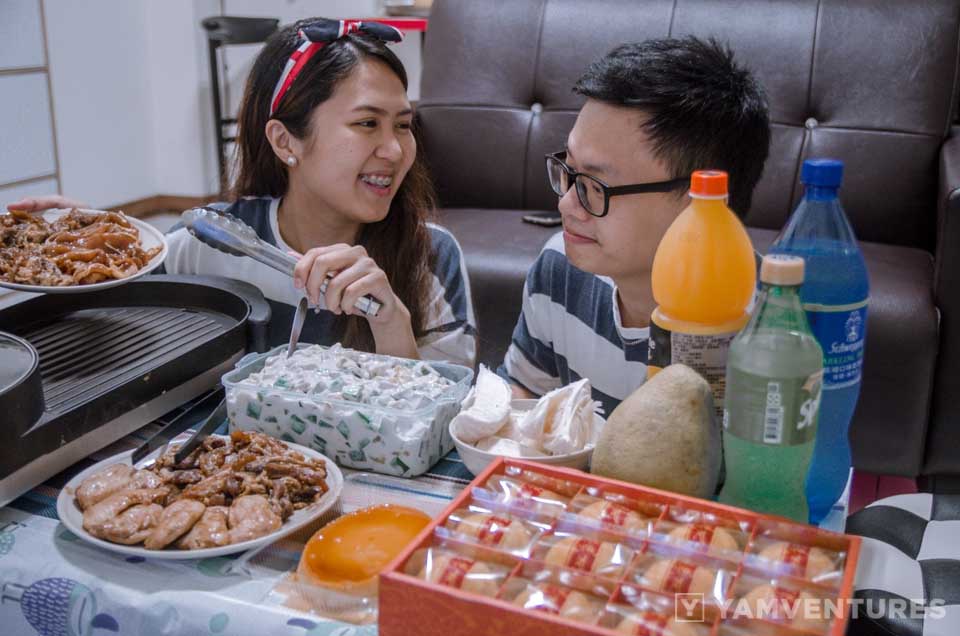
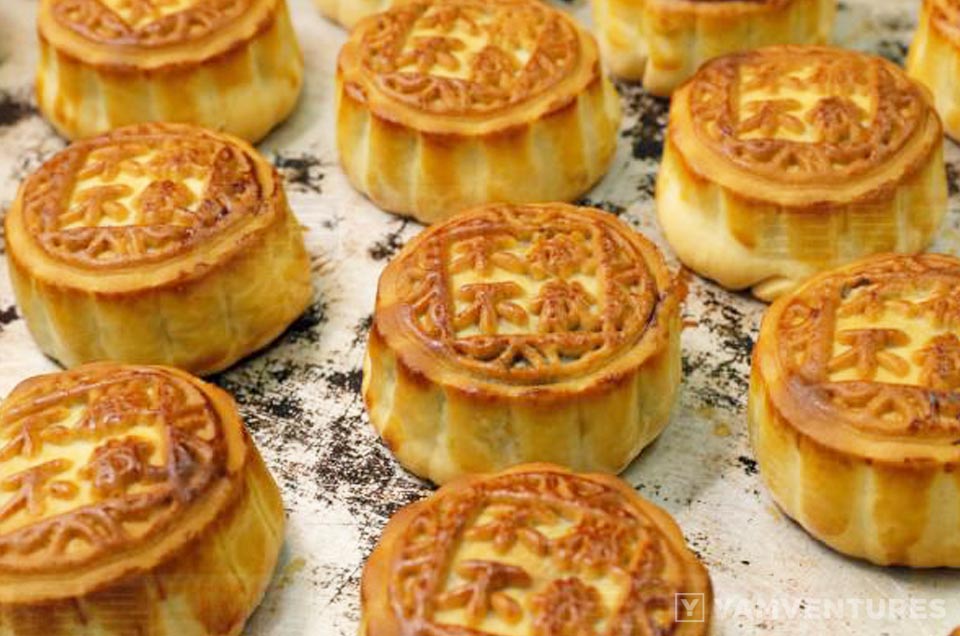
Festivals are one of the happiest, jubilant, and if not the most sacred parts of Chinese culture. Whether it’s Chinese New Year with its beautiful firework displays, the rice dumplings of the Dragon Boat Festival, or the sweetest and the ever-delicious mooncakes of the Mid-Autumn Festival, everybody’s preparing to go back to their families and celebrate it with none other than, their loved ones.
Now, with summer coming to a close, autumn is approaching and with this comes Mid-Autumn Festival. But what exactly is it? And how do Taiwanese people celebrate?
Mid-Autumn Festival, also called Moon Festival, is a lunar and harvest festival normally celebrated during the 15th day of the 8th lunar month of the year (around mid-September to early October). As for the year 2020, it falls on today, October 1. It could also be compared to the Thanksgiving Day in the west as it is the best time to be with their family and eat mooncakes. It is basically a festival that occurs during a full moon. That is why, many celebratory features of the festival are all linked to the moon like eating mooncakes, moon gazing, and telling stories about the Moon Goddess. Chinese ancestors believe that the moon provides good harvest and brings prosperity and wealth. In response, they created a festival solely dedicated in voicing out their appreciation and gratitude to the moon.
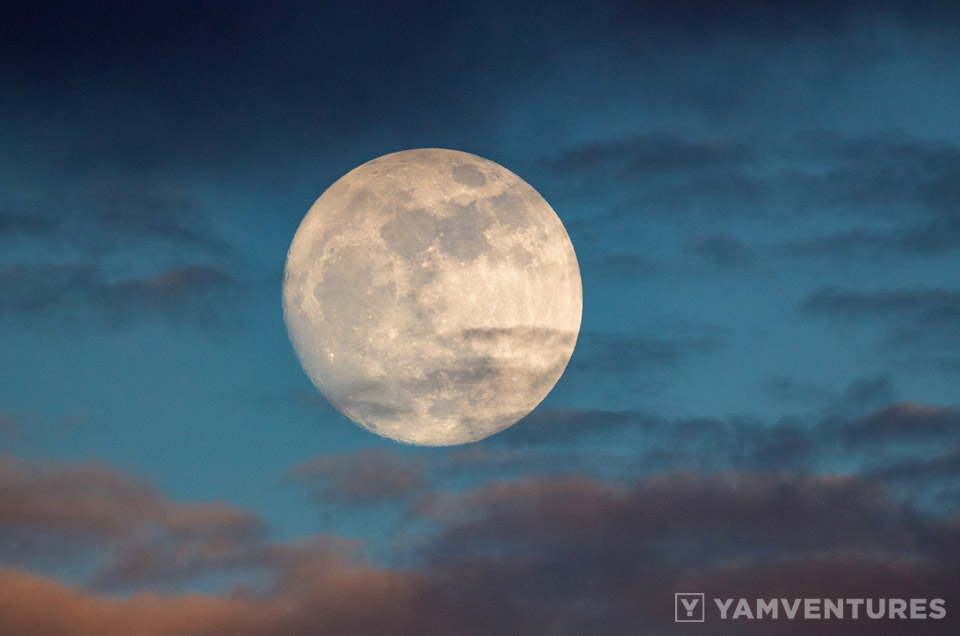
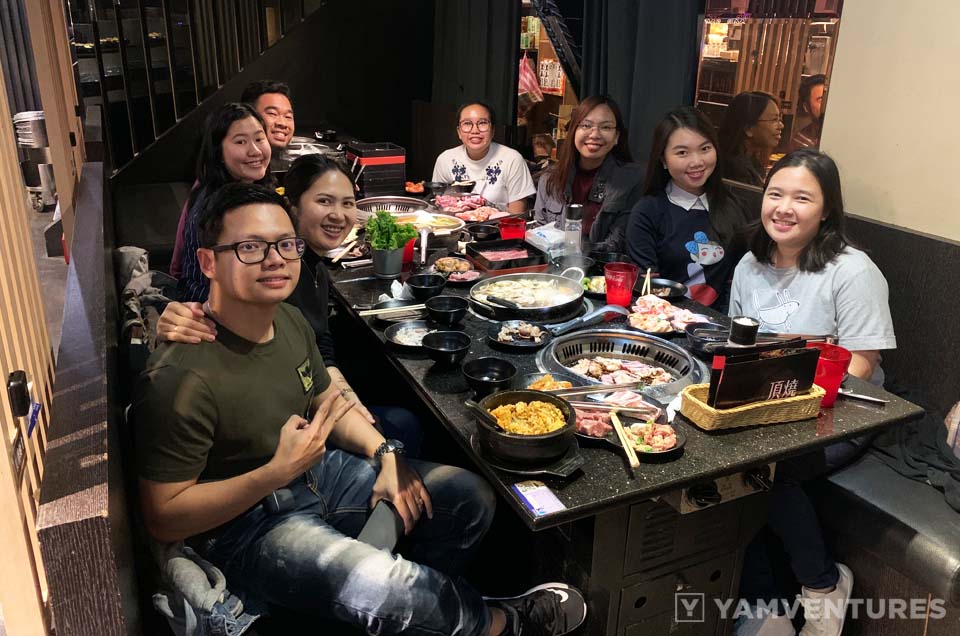
For generations, folklores and myths pertaining to the creation of the Mid-Autumn Festival was always associated to the legend of the Moon Goddess. This story is often told to young children in schools in order to preserve the culture and tradition as to why Chinese celebrate the Moon Festival.
There are 2 main characters in the story. Hou Yi, an exceptional archer, and Chang’e, his beloved wife. Based on the story, there were 10 suns in the sky that burn almost everything and leave the people dying. To save the planet, Hou Yi shoot down 9 suns that saved the people. In return the Queen of Heaven gave Hou Yi an elixir of immortality where the latter declined as he wanted to stay by his wife forever. As time went by, people wanted to seize the elixir for themselves. In order to protect this, Chang’e drank the elixir that made her fly high to the moon. Since then, she became an immortal who lived in the moon as goddess. During the Mid-Autumn Festival, people offered food to worship the moon and to honor the moon goddess who can’t be with her husband.
Here’s an interesting animation by chinahighlights about this story.
Mooncakes… mooncakes… These are basically the symbol of the Mid-Autumn Festival. They are small and round pastries that contains egg yolk in the center. It comes with different sizes, colors, and shapes with variety of fillings which includes red beans, chocolates, cheese, meat, even dried fruits and nuts.
Giving mooncakes as a gift during the celebration represents appreciation to someone. In Taiwan, you can easily find them at bakeries and supermarkets.
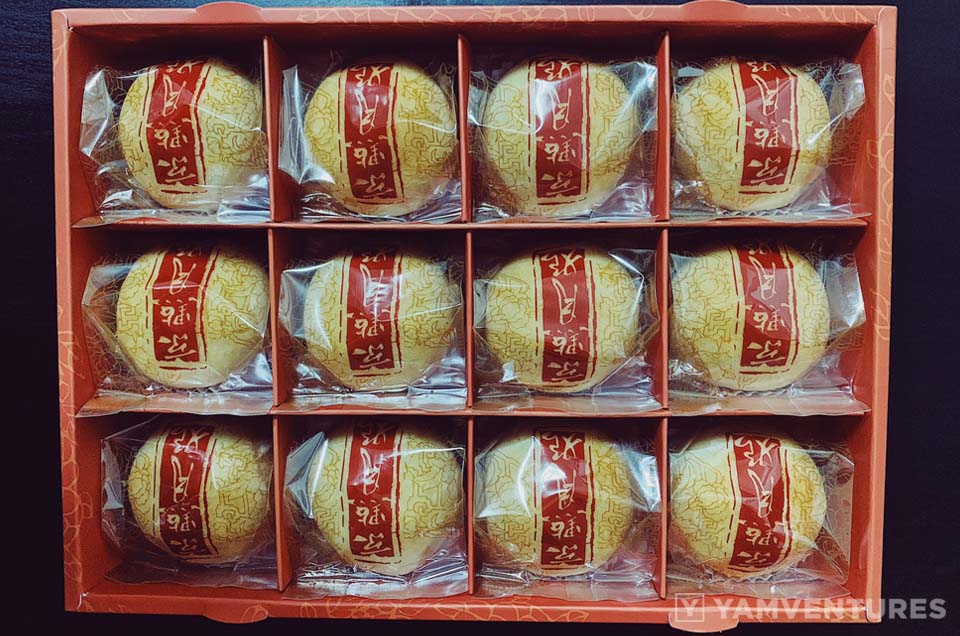
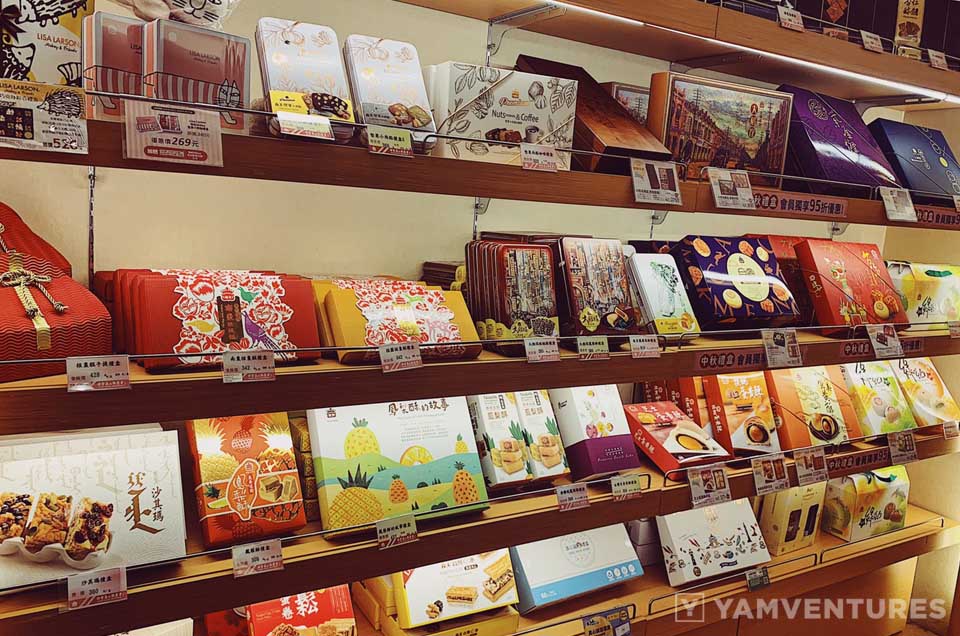
Pomelo is one of the Mid-Autumn Festival’s festive fruits. Taiwanese people consider pomelo as a lucky fruit that would give blessings and prosperity. The interesting thing? Its harvest season also coincides with the celebration of the festival. In Mandarin, pomelo is called “yòu zi” 柚子 a homophone for words that means “prayer for a child”. It is traditionally believed that when you eat pomelo and put the rinds on your head (pomelo hats), Chang’e, the moon goddess looks down from the moon to respond to your prayer.
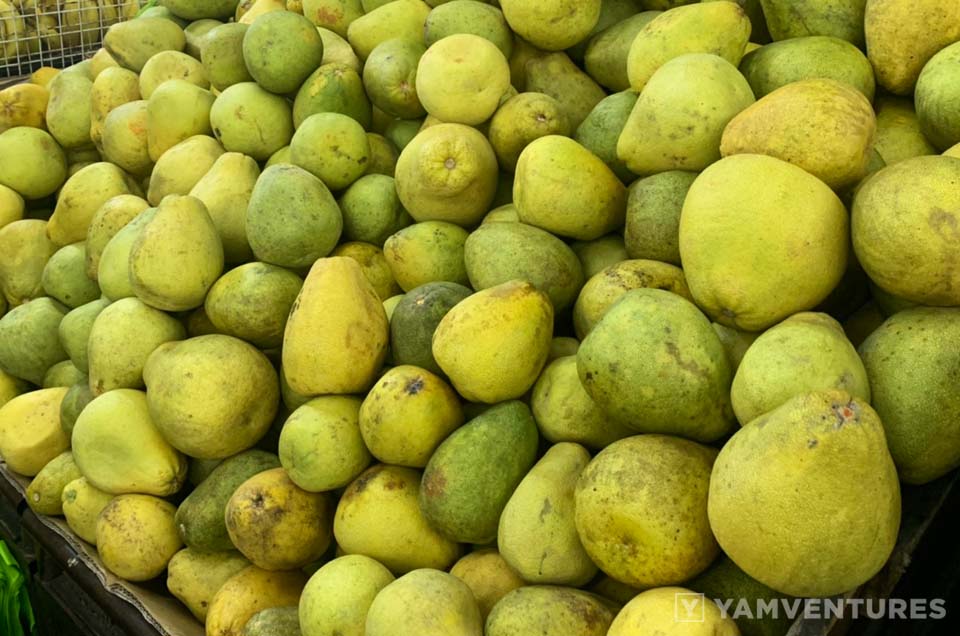
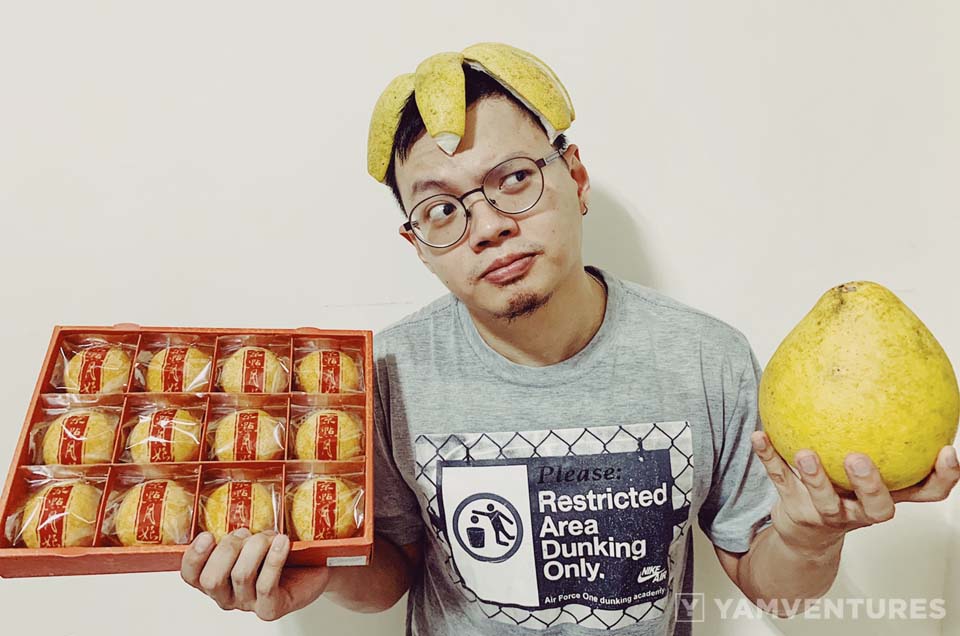
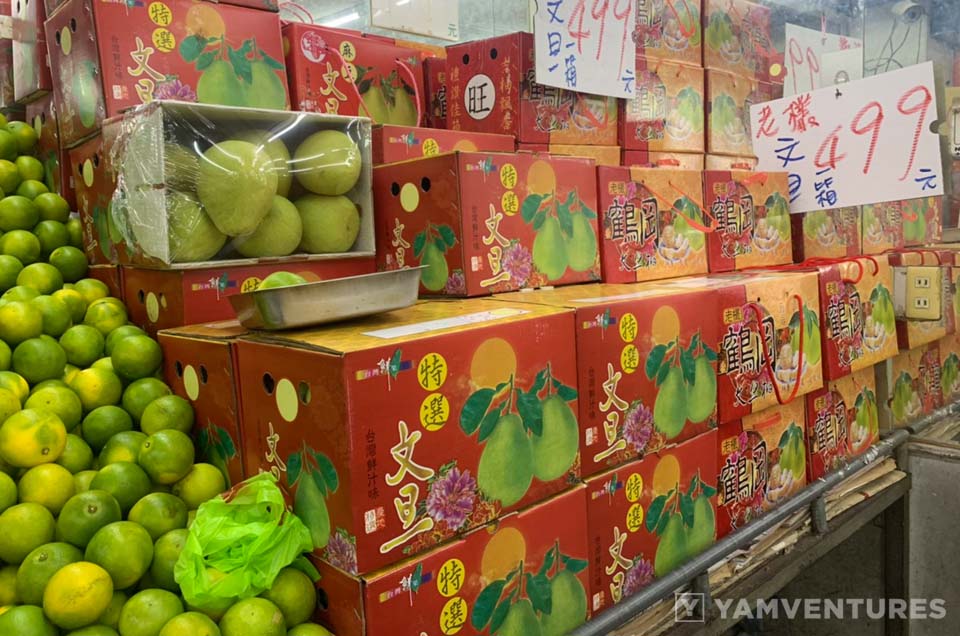
A recent Taiwanese tradition was started by local barbecue sauce manufacturers, Wajashan Food and Kimlan Food, when these two companies jousted each other in an advertising war to sell their barbecue sauce brand releasing their commercials every Mid-Autumn Festival during the mid-1980s. The main goal of these 2 companies was just to sell more of their sauce products, and until such time, these series of ads encouraged people to have barbecue party during the festival. And who would have thought that barbecuing at night while enjoying the moon became a must-tradition when celebrating the festival.
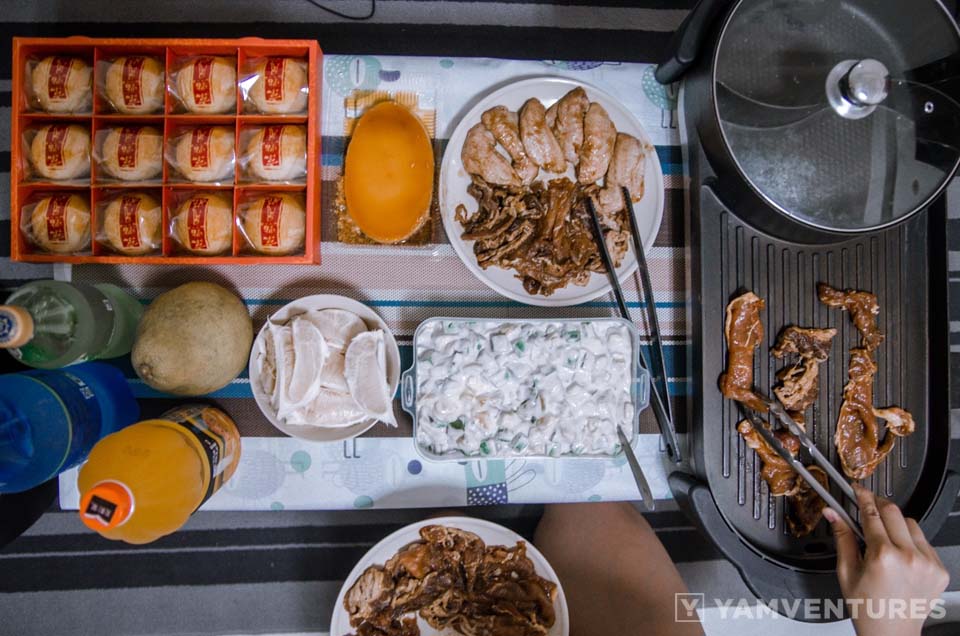
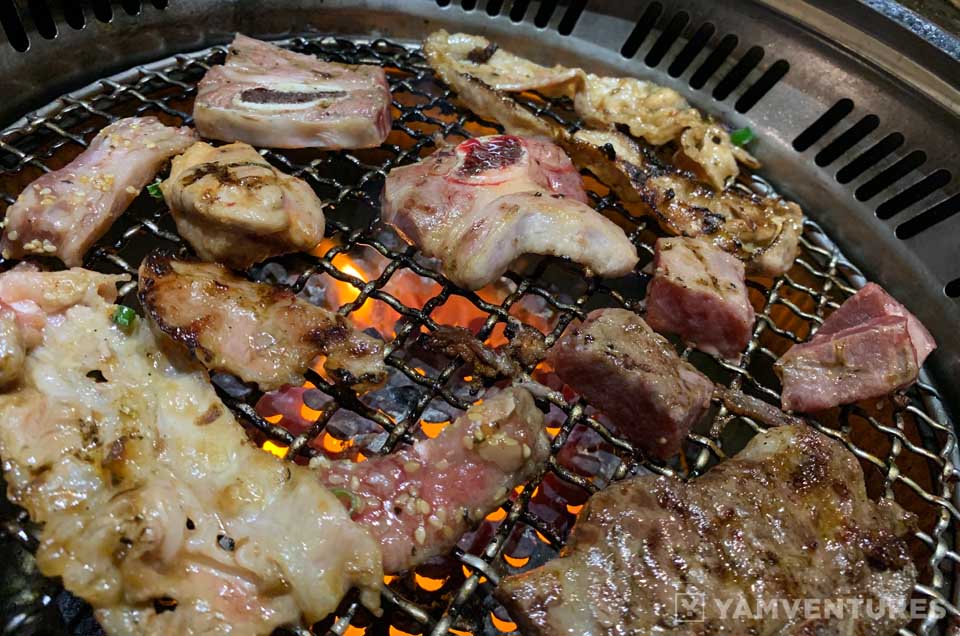
Here are some quick Chinese phrases you could learn especially if you’re visiting Taiwan or China just in time to celebrate the Mid-Autumn Festival.
Zhōngqiū jié 中秋節
English: Mid-Autumn Festival
Pronounced as: (jong chyoh jyeah)
Zhōngqiū jié kuàilè! 中秋節快樂!
English: Happy Mid-Autumn Festival
Pronounced as: (jong chyoh jyeah koo-waii luh)
Wǒ yào chī yuèbǐng 我要吃月餅
English: I want to eat mooncakes
Pronounced as: (wo yaow chih yoo-e bing)
Wǒ yào gěi nǐ yòuzi 我要給你柚子
English: I want to give you a pomelo.
Pronounced as: (wo yaow gay ni yoh zih)
Yuèliàng hěn dà 月亮很大
English: The moon is big.
Pronounced as: (yooe liyang hen dah)
Yuèbǐng hěn hào chī 月餅很好吃
English: The mooncakes are delicious.
Pronounced as: (yoo-e bing hen haoow chih)
Hope we answered some of your questions with regards to why Taiwanese celebrate Mid-Autumn Festival. People celebrate on their own way- some spend their time travelling around Taipei, visiting their relatives in provinces, or just simply relaxing and watching the moonlight from above. Though this year might not be a good time to celebrate because of Covid-19, nevertheless, we still wish you all a Happy Mid-Autumn Festival! (Zhōngqiū jié kuàilè 中秋節快樂!).
If you want to learn more about Taiwan, you can check our blogs to understand more about this beautiful country.
